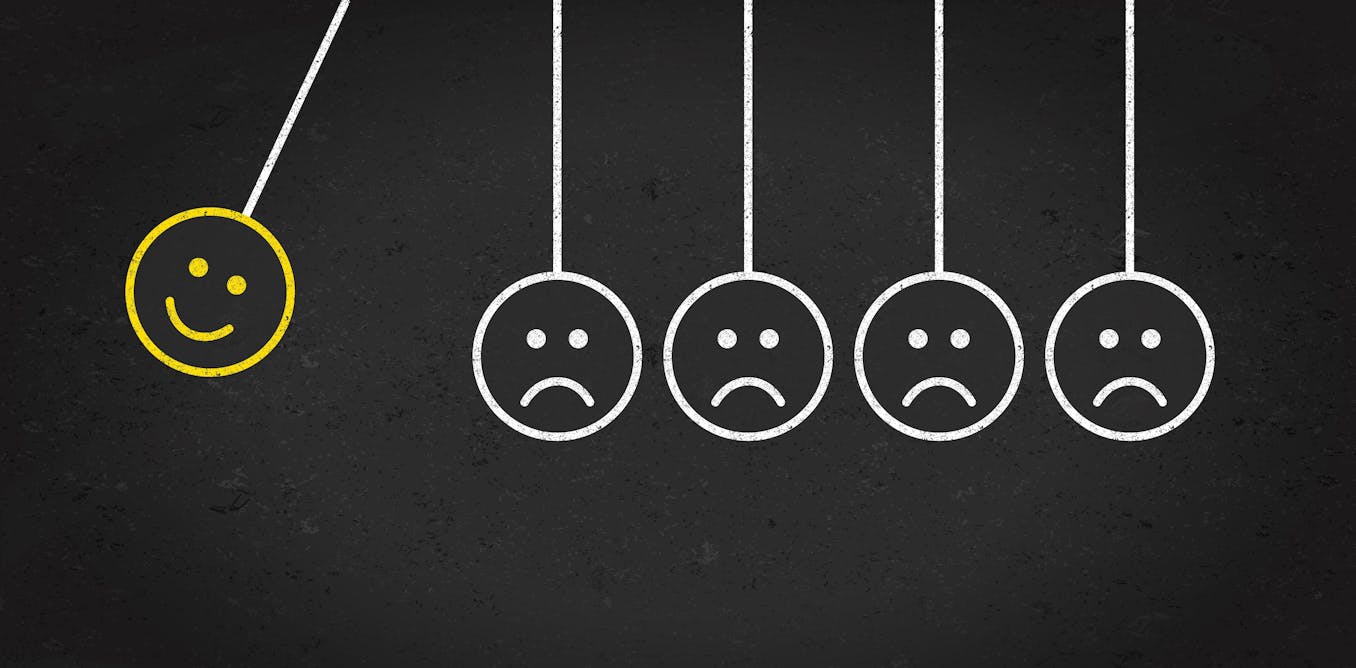|
Getting your Trinity Audio player ready...
|
On 13 May 2021 Bill de Blasio, then mayor of New York City, held an online press conference where he announced an intriguing agreement between the city and Shake Shack, a local chain of burger restaurants. The aim was to get New Yorkers vaccinated against Covid-19 – each vaccinated individual would receive a coupon for a free burger or sandwich at any of the local chain’s locations. In behavioural science, this kind of incentive is known as a “nudge”.
The term was popularised by Richard H. Thaler (winner of the 2017 Nobel Prize in Economic Sciences) and Cass R. Sunstein in their best selling 2008 book Nudge: Improving Decisions About Health, Wealth, and Happiness. In essence, a “nudge” involves any manipulation of the decision-making environment that steers people’s behaviour in a direction beneficial to them, but without restricting their options or limiting their freedom of choice in any way.
One well known example of improving people’s habits in this way can be found in Google’s staff cafeterias. In an effort to improve dietary habits, bottled water was placed at eye level in their vending machines, with soft drinks and other high calorie options in a less visible position. It worked – this simple measure raised water consumption among staff by 47%.
Another similar measure is installing interactive staircases, with lights on each step, or which play piano notes when stepped on. People will often choose to use these stairs even when they are right next to an elevator.
Guiding decisions – an ethical conundrum
Nudges influence people’s behaviour by, to a certain extent, overlooking or ignoring their autonomy. Thaler and Sunstein called this approach “libertarian paternalism”.
But is is legitimate to interfere in people’s decisions to improve their wellbeing? Proponents of libertarian paternalism think so, in particular when it can prevent or solve problems in public health, such as obesity, addiction, sedentarism, and under or over treatment.
Many campaigns aim to nudge people towards a healthier diet – school canteens in Connecticut, for instance, offered students free apples to encourage fruit consumption. In Buenos Aires, in Argentina, restaurants removed salt shakers from restaurant tables to curb salt consumption.
These examples show how a “nudge” does not impose a decision. Workers at Google are still free to pick up a soft drink instead of water, and people can walk right past the musical stairs to take the elevator.
This is where the “libertarian” element comes in, as freedom of choice has to remain untouched. According to Thaler and Sunstein this means that:
-
No option can be prohibited.
-
Economic incentives cannot be used to undermine freedom – a free hamburger is OK, but not a cheque for 100 euros.
-
All options should be available under the same conditions: if the desired choice is is accessible and cheap, the other options should be too.
Shutterstock / Leah-Anne Thompson
Healthcare nudges: guiding clinical and public health decisions
In the context of healthcare, nudges can be sorted into two categories: “clinical” or “public health”.
“Clinical” nudges happen in clinical contexts, and specifically involve the way information about a particular treatment is presented to encourage the patient to grant consent – an example would be mentioning a procedure’s success rate instead of its failure rate. Clinical nudges are always done in the patient’s best interest.
“Public health” nudges, on the other hand, encourage individual actions to improve individual health, with the aim of improving the population’s health as a whole. This can include making public school canteens serve meat or fish with a salad as default, with chips as an option on request.
Both of these are non-coercive measures. Firmer measures, like confining a population to their homes to prevent the spread of a disease, is a public health measure, but goes far beyond a nudge. The same could be said for the involuntary hospitalisation of a person suffering from suicidal ideation: a clinical measure, but one that leaves no room for freedom of choice.
It’s for your own good – and everyone else’s
Arguments against libertarian paternalism see the placement of these small nudges in a healthcare context as jeopardising the principle of autonomy. It is debatable whether such a critique carries the same weight in the context of public health, where the bioethical principle of autonomy often comes second to more collective principles of justice, equity or utility.
In public health, nudges can act as a gentle alternative to guide people’s choices, thus avoiding more drastic restrictions of personal freedom, such as limiting free movement.
The recent pandemic provides some examples of what could be considered “nudges” – a clear example was the prominent containers of hand sanitiser in restaurants, supermarkets, and just about any other enclosed public space. Reminders of vaccination appointments, or campaigns with mobile walk-in vaccination points were another example.
Plenty of stricter measures to avoid contagion did impinge on people’s liberty, and cannot be considered public health nudges – compulsory masks, both indoors and outdoors, temperature checks upon entering certain premises, barring people suffering from fever, PCR tests to travel internationally, and so on.
This is why nudges are such a valuable tool – they achieve public health goals without compromising individual freedom. Only when they fail does it make sense to escalate to more aggressive, restrictive measures. As long as a nudge can achieve its goals, it seems a reasonable way to avoid curtailed freedoms.



